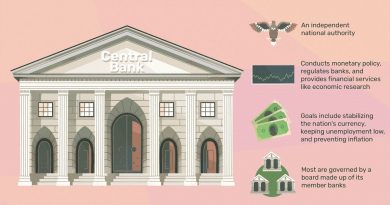Understanding Relationship Banking Its Pros and Cons

Contents
Understanding Relationship Banking: Pros and Cons
What Is Relationship Banking?
Relationship banking is a strategy used by banks to strengthen customer loyalty and provide a single point of service for different products and services. A customer may start with a simple checking or savings account, but relationship banking involves a banker offering products to help customers reach financial goals while increasing revenue for the institution.
Understanding Relationship Banking
Banks that practice relationship banking take a consultative approach with customers, getting to know their situation and needs, and adapting to changes in their financial or business lives. This approach can be observed in small-town banks and retail branches of large money center banks.
Key Takeaways
- Relationship banking offers various products, strengthens customer loyalty, and generates revenue.
- Small, mid-sized, and large money center banks use relationship banking strategies.
- Relationship bankers offer insurance, investments, and certificates of deposit.
- Relationship banking can be taken too far, as seen in the Wells Fargo scandal.
Whether for individuals or small businesses, relationship bankers provide high-touch service to be the ‘one-stop shop’ for customers’ needs. Examples of products include certificates of deposit, safe deposit boxes, insurance plans, investments, credit cards, loans, and business services. Specialized financial products for specific demographics are also offered.
Cross-selling is the focus of relationship bankers, but they must be careful due to anti-tying laws. Banks cannot make one product or service contingent on another.
Advantages and Disadvantages of Relationship Banking
Customers may benefit from more favorable terms, treatment, and customer service in a bank that practices relationship banking, particularly in smaller banks like community banks.
For example, a customer with a mortgage loan may open a fee-free checking account. Likewise, a small business with a line of credit may negotiate lower fees for merchant processing.
However, relationship management has downsides. Clients may become complacent, neglecting to compare services and costs among financial institutions. Privacy and data security are also risks, as banks have access to integrated financial data that could be used for the bank’s benefit. A data breach could expose client accounts. Additionally, relationship management increases a bank’s risk exposure with specific clients in case of default.
Client approval is mandatory when cross-selling bank services in relationship banking. The Wells Fargo scandal revealed the violation of such trust. A flawed and aggressive incentive system implemented from 2002 to 2016 led to unauthorized account openings. Trust is crucial for successful relationship banking, and banks must prioritize ethical service for the mutual benefit of the bank and customers.



